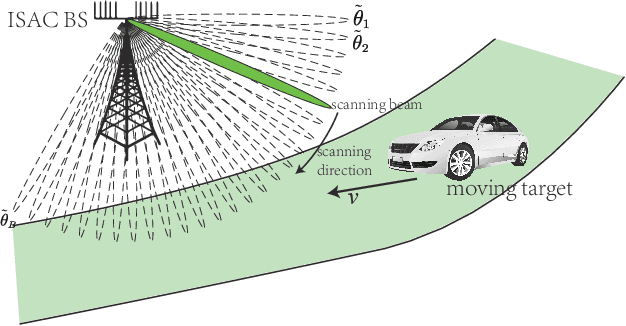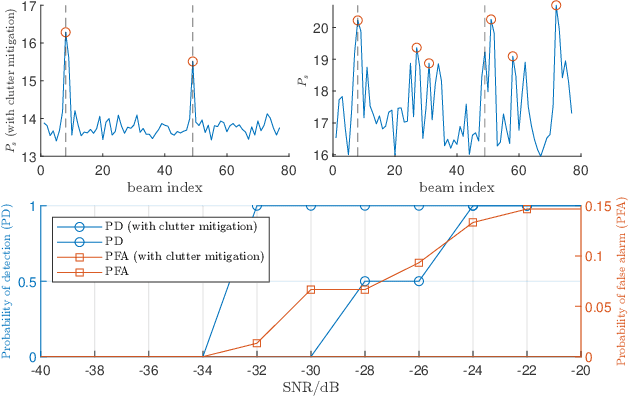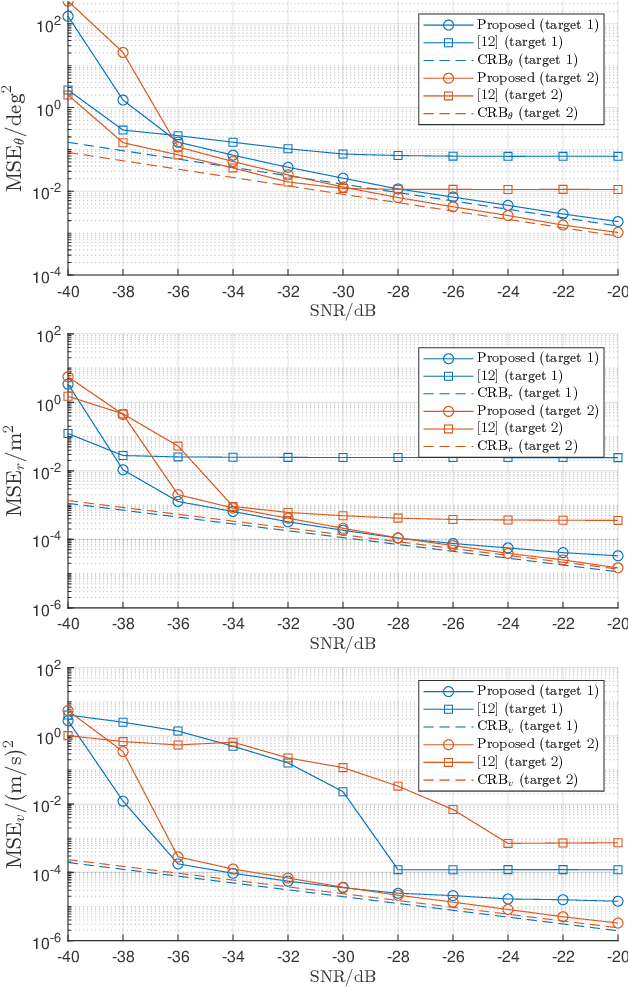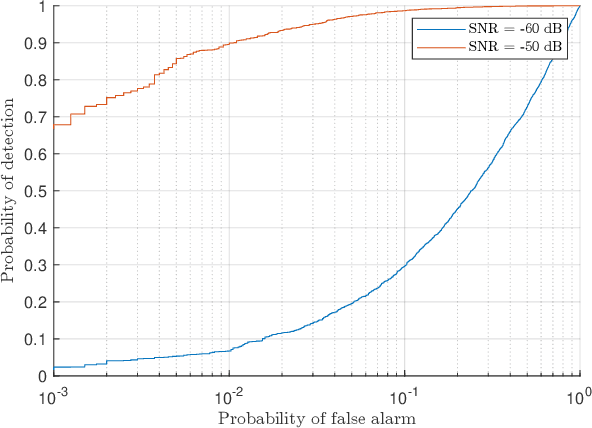Dongqi Luo
Integrated Sensing and Communications Framework for 6G Networks
May 30, 2024



Abstract:In this paper, we propose a novel integrated sensing and communications (ISAC) framework for the sixth generation (6G) mobile networks, in which we decompose the real physical world into static environment, dynamic targets, and various object materials. The ubiquitous static environment occupies the vast majority of the physical world, for which we design static environment reconstruction (SER) scheme to obtain the layout and point cloud information of static buildings. The dynamic targets floating in static environments create the spatiotemporal transition of the physical world, for which we design comprehensive dynamic target sensing (DTS) scheme to detect, estimate, track, image and recognize the dynamic targets in real-time. The object materials enrich the electromagnetic laws of the physical world, for which we develop object material recognition (OMR) scheme to estimate the electromagnetic coefficient of the objects. Besides, to integrate these sensing functions into existing communications systems, we discuss the interference issues and corresponding solutions for ISAC cellular networks. Furthermore, we develop an ISAC hardware prototype platform that can reconstruct the environmental maps and sense the dynamic targets while maintaining communications services. With all these designs, the proposed ISAC framework can support multifarious emerging applications, such as digital twins, low altitude economy, internet of vehicles, marine management, deformation monitoring, etc.
Moving Target Sensing for ISAC Systems in Clutter Environment
Nov 03, 2023



Abstract:In this paper, we consider the moving target sensing problem for integrated sensing and communication (ISAC) systems in clutter environment. Scatterers produce strong clutter, deteriorating the performance of ISAC systems in practice. Given that scatterers are typically stationary and the targets of interest are usually moving, we here focus on sensing the moving targets. Specifically, we adopt a scanning beam to search for moving target candidates. For the received signal in each scan, we employ high-pass filtering in the Doppler domain to suppress the clutter within the echo, thereby identifying candidate moving targets according to the power of filtered signal. Then, we adopt root-MUSIC-based algorithms to estimate the angle, range, and radial velocity of these candidate moving targets. Subsequently, we propose a target detection algorithm to reject false targets. Simulation results validate the effectiveness of these proposed methods.
 Add to Chrome
Add to Chrome Add to Firefox
Add to Firefox Add to Edge
Add to Edge